The Battle of Thermopylae is a historical event that has captured the imagination of people for centuries. It was a battle fought between a small Greek army and the mighty Persian Empire in 480 BC. The Greeks were vastly outnumbered but they managed to hold off the Persian army for three days. Although the Greeks ultimately lost the battle their heroic stand has become a symbol of courage and sacrifice.
To understand the significance of the Battle of Thermopylae it is important to examine the historical context in which it occurred. This battle was part of the Persian Wars a series of conflicts between the Greeks and the Persians in the 5th century BC. The Persians led by King Xerxes had already conquered several Greek city-states and were advancing towards Athens.
The Greeks fearing for their survival banded together to form an alliance and decided to make a stand at the narrow pass of Thermopylae.
Key Takeaways
- The Battle of Thermopylae was a significant event in ancient Greek history that occurred in 480 BC as part of the Persian Wars.
- The Spartan warriors led by King Leonidas held off the Persian army for three days in the narrow pass of Thermopylae demonstrating discipline commitment and strategic thinking in their stand.
- The battle has become a symbol of Spartan valor and devotion to duty and has been invoked as a symbol of resistance against tyranny and oppression inspiring modern military and political leaders to rally their people.
- The endurance and discipline displayed by the Spartan defenders provide valuable lessons for military leaders and strategists and the aftermath of the battle led to the formation of the Hellenic League which defeated the Persians in the Battle of Plataea.
The Historical Context of the Battle of Thermopylae

The Battle of Thermopylae occurred in 480 BCE in the narrow pass of Thermopylae where a small Greek force led by King Leonidas of Sparta attempted to resist the invasion of the massive Persian army led by King Xerxes.
The battle was part of the larger conflict between the Greeks and Persians known as the Greco-Persian Wars which lasted from 492 BCE to 449 BCE. The Persians under the command of King Xerxes aimed to conquer Greece and expand their empire. The Greeks on the other hand sought to defend their homeland and preserve their way of life.
The Battle of Thermopylae was a significant event in the Greco-Persian Wars because it showcased the bravery and heroism of the Spartan warriors. The Spartans were renowned for their military prowess discipline and devotion to their state. They were also known for their strict training regime which began at a young age and aimed to produce physically fit soldiers who were willing to fight and die for their country.
King Leonidas and his 300 Spartans along with a few thousand other Greek soldiers held off the Persian army for three days inflicting heavy casualties on the enemy. Although the Greeks ultimately lost the battle their resistance inspired other Greek city-states to join the fight against the Persians and ultimately led to the Greeks’ victory in the Greco-Persian Wars.
The Persian Invasion of Greece
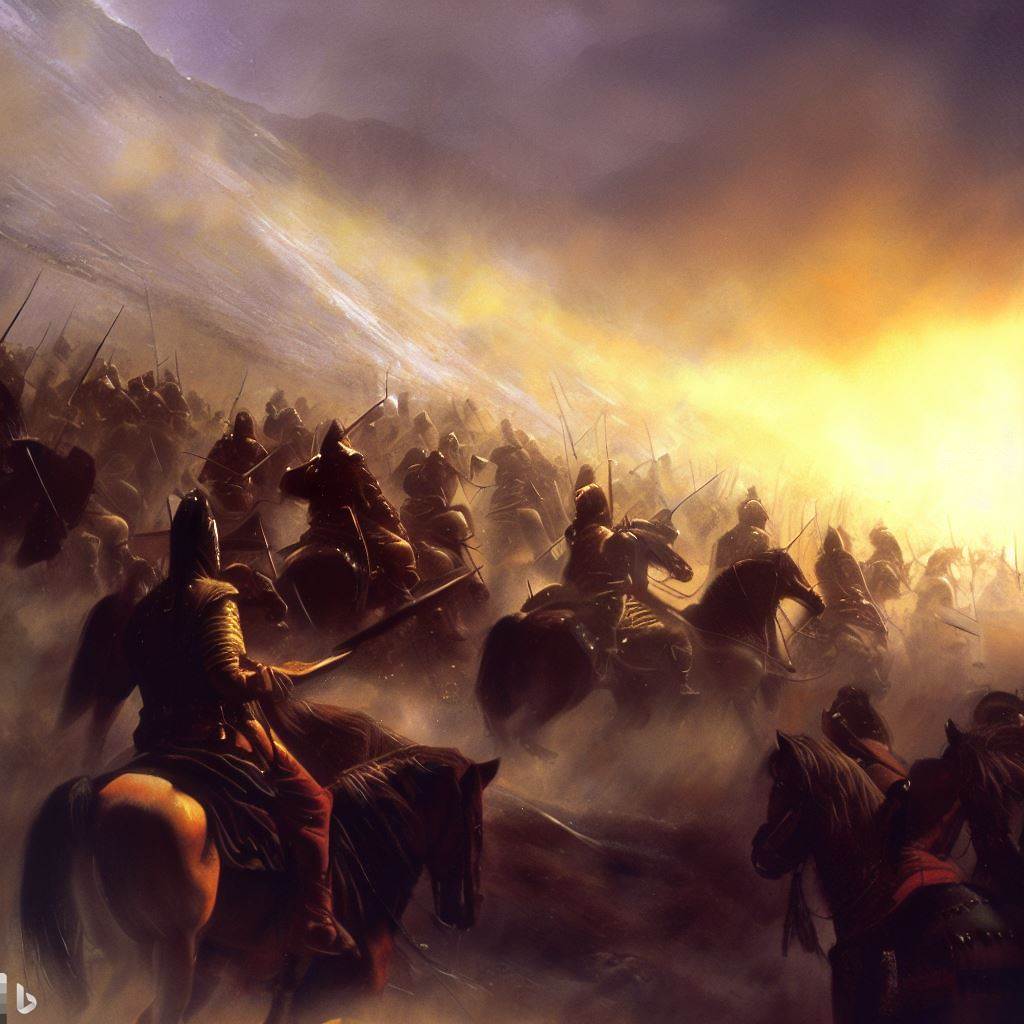
During the 5th century BCE the Persian Empire launched a large-scale invasion of Greece marking a significant moment in ancient history. This invasion was led by Xerxes I who succeeded his father Darius I as the King of Persia. Xerxes’ aim was to expand the Persian Empire by conquering Greece a region that was known for its cultural and intellectual advancements.
The Persian invasion of Greece was a massive military campaign that involved a large number of soldiers and ships. Here are some interesting facts about the Persian invasion of Greece:
- Xerxes’ army was estimated to be around 150000 to 300000 soldiers.
- The Persian fleet was composed of around 600 to 1200 ships.
- The Greeks on the other hand had a smaller army of around 7000 to 8000 soldiers.
- The Greek city-states formed an alliance to defend themselves against the Persian invasion.
- The Persian invasion of Greece led to a series of battles including the famous Battle of Thermopylae.
The Importance of the Thermopylae Pass
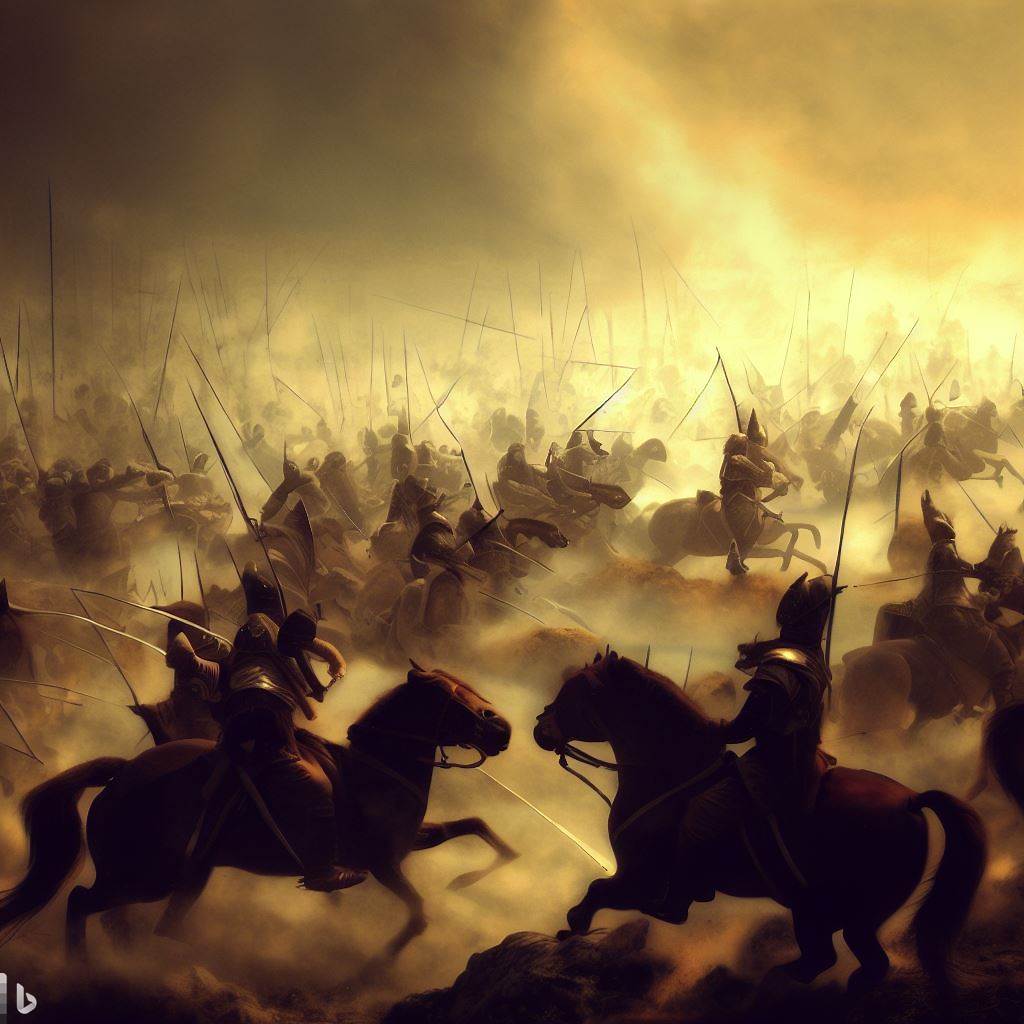
Significance of the narrow pass at Thermopylae cannot be overstated as it served as a strategic chokepoint that allowed a small Greek force to delay the advancing Persian army.
The pass itself with its towering cliffs and rocky terrain was incredibly difficult to traverse making it an ideal defensive position for the Greeks.
Furthermore the pass was the only land route that could be taken from the north into central Greece making it a crucial location for both the Greeks and the Persians.
The importance of the Thermopylae pass was not lost on either side and both the Greeks and the Persians understood the significance of controlling it.
The Persians saw it as a gateway into central Greece while the Greeks recognized its strategic value as a chokepoint that could be used to slow down the Persian army.
Ultimately it was the Greeks who were able to hold the pass using their superior knowledge of the terrain to their advantage.
Despite being vastly outnumbered the Greeks were able to hold off the Persian army for three days buying valuable time for the rest of Greece to prepare for the coming invasion.
The Greek Defense Strategy
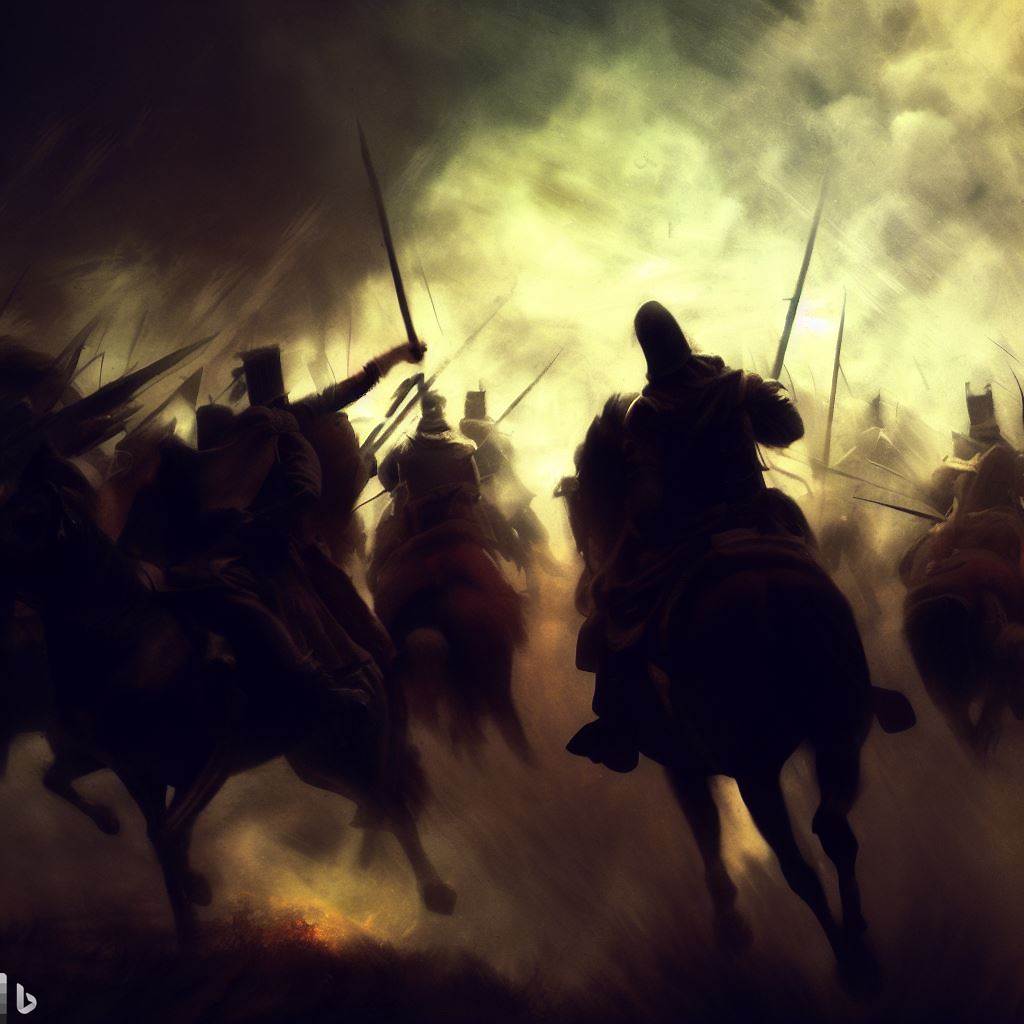
Strategically the Greek defense plan at Thermopylae involved utilizing the narrow pass to their advantage and forcing the Persians to fight in a confined space. This was a crucial aspect of their strategy as it allowed the Greeks to negate the numerical advantage of the Persian army.
The Greeks also took advantage of the terrain by positioning themselves on higher ground which gave them a tactical advantage in the battle.
To further enhance their defense plan the Greeks implemented a number of tactics that proved to be effective in slowing down the Persian advance. These tactics included the use of hoplite phalanxes which were tightly packed formations of soldiers armed with spears and shields. The phalanxes were able to hold off the Persian infantry while the Greek archers and slingers provided support from behind.
Additionally the Greeks constructed a wall of shields to protect themselves from the Persian arrows which were raining down on them from above.
Overall the Greek defense strategy at Thermopylae was a well-planned and executed plan that allowed them to hold off the Persian army for three days despite being vastly outnumbered.
The Spartan Warriors: History and Culture
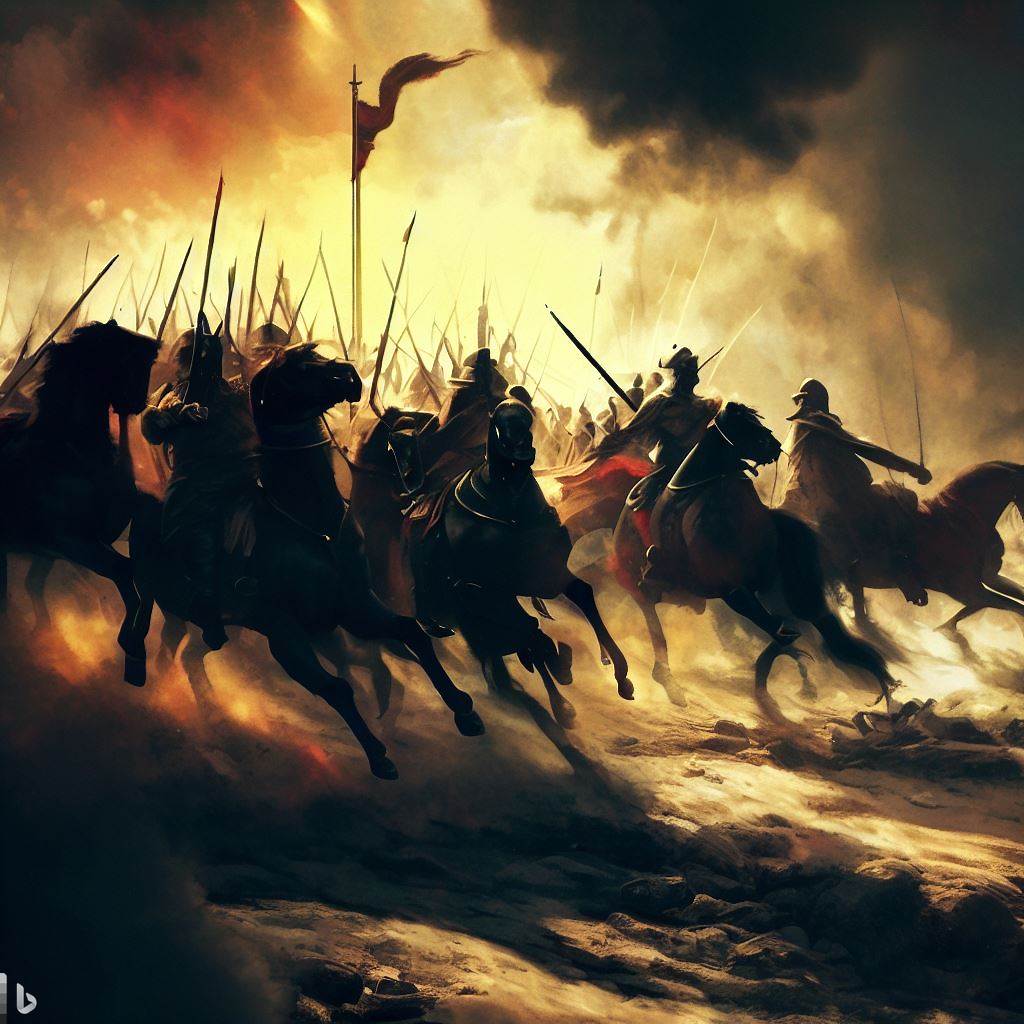
The ancient Greek city-state of Sparta is renowned for its military prowess and the exceptional skills of its warriors. The Spartan society was highly stratified with the warrior class occupying the topmost rung of the social ladder.
From an early age Spartan boys were trained in the art of warfare and combat and they were subjected to rigorous physical and mental discipline to prepare them for the battlefield. The Spartan warriors also known as hoplites were heavily armed and armored soldiers who fought in a phalanx formation a tactic that required immense coordination discipline and courage.
The Spartan culture was characterized by strict adherence to military values and the suppression of individualism in favor of the collective good. The Spartan warriors were considered the epitome of martial excellence and they were revered and feared by their enemies.
Their training emphasized the virtues of bravery discipline and self-sacrifice and they were taught to place the interests of their community above their personal needs. The Spartan warriors’ unswerving loyalty to their state and their willingness to die for it have become legendary and their heroic stand at the Battle of Thermopylae remains an enduring symbol of their valor and devotion to duty.
The Leadership of King Leonidas

The Spartan Warriors were known for their discipline bravery and loyalty to their city-state. They were trained from a young age to become skilled fighters and were expected to put the needs of Sparta above their own.
This culture of self-sacrifice and devotion to the state was exemplified in the Battle of Thermopylae where 300 Spartan warriors led by King Leonidas held off a massive Persian army for three days. King Leonidas was a respected leader among the Spartans known for his courage and military prowess.
He was chosen to lead the small force of Spartans at Thermopylae and he did so with great skill and determination. Leonidas understood the importance of his mission and was willing to sacrifice himself and his men for the greater good of Sparta.
His leadership inspired his men to fight with unwavering bravery even in the face of overwhelming odds. The Battle of Thermopylae may have been a defeat for the Spartans but it was a testament to the leadership of King Leonidas and the unwavering loyalty of his warriors to their city-state.
The Three Days of Battle

During the three days of fighting King Leonidas and his small group of 300 Spartan warriors held off the massive Persian army led by King Xerxes.
The Spartans were positioned at a narrow pass known as the Hot Gates which made it difficult for the Persians to attack with their superior numbers.
The Spartans fought with incredible skill and bravery using their expertly crafted shields and spears to hold off the Persian onslaught.
Despite being vastly outnumbered the Spartans managed to hold the Persians at bay for three days before finally being defeated.
The Persians had to resort to using their archers to fire arrows at the Spartans from a safe distance eventually killing most of them.
However the Spartans’ heroic stand at Thermopylae became legendary and inspired Greeks throughout the country to unite against the Persian invasion.
King Leonidas and his men had shown that even in the face of overwhelming odds courage discipline and unwavering commitment to their cause could defeat a seemingly invincible enemy.
The Persian Victory and Aftermath
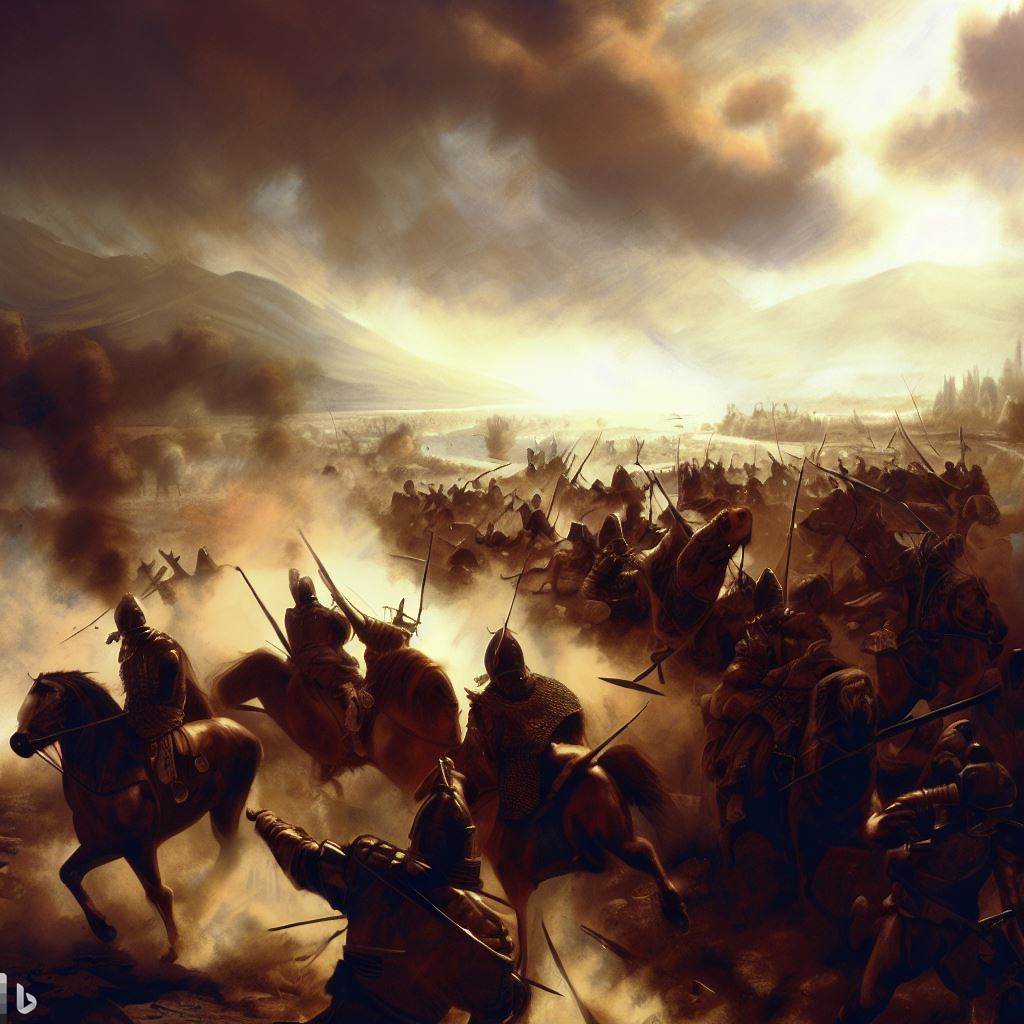
Following their victory at Thermopylae the Persians continued their invasion into Greece and conquered several cities including Athens. However their triumph was short-lived as the Greek navy led by Themistocles defeated the Persian fleet at the Battle of Salamis. This victory forced the Persians to retreat back to Asia Minor ending their attempt to conquer Greece.
The aftermath of the Battle of Thermopylae had a significant impact on ancient Greek history. The heroic stand of the Spartans and their allies inspired other Greeks to continue fighting against the Persians. This led to the eventual formation of the Hellenic League a coalition of Greek city-states that joined forces to defeat the Persians in the Battle of Plataea.
The battle of Thermopylae also influenced literature and popular culture with the story of the 300 Spartans becoming a symbol of bravery and sacrifice. Today the battle is still remembered as a significant event in ancient Greek history and serves as a reminder of the power of determination and courage in the face of overwhelming odds.
- The Battle of Salamis was a naval battle fought between the Greek city-states and the Persian Empire in 480 BC.
- The formation of the Hellenic League was a turning point in the Greco-Persian Wars as it allowed the Greeks to unite and defeat the Persians.
- The story of the 300 Spartans has been adapted into several films including the popular movie ‘300’ which has helped to popularize the story and inspire a new generation of fans.
The Legacy of the Battle of Thermopylae

One lasting impact of the conflict at Thermopylae is the cultural significance of the story of the Greek defenders which has become a symbol of bravery and nationalism. The story of the 300 Spartans and their allies who stood against the overwhelming force of the Persian Empire has been retold in literature film and other forms of media. It has become a source of inspiration for those who value courage and sacrifice in the face of adversity.
Many modern military and political leaders have invoked the Battle of Thermopylae as a symbol of resistance against tyranny and oppression. For instance during World War II the British Prime Minister Winston Churchill referenced the battle in a speech to rally the British people against Nazi Germany. Similarly the story of the Spartan warriors has been used by various nationalist and patriotic movements as a symbol of their own struggles for independence and self-determination.
Despite the controversies surrounding the historical accuracy of the story the legacy of the Battle of Thermopylae remains a powerful cultural symbol of heroism and resilience.
Lessons Learned from the Spartan Stand
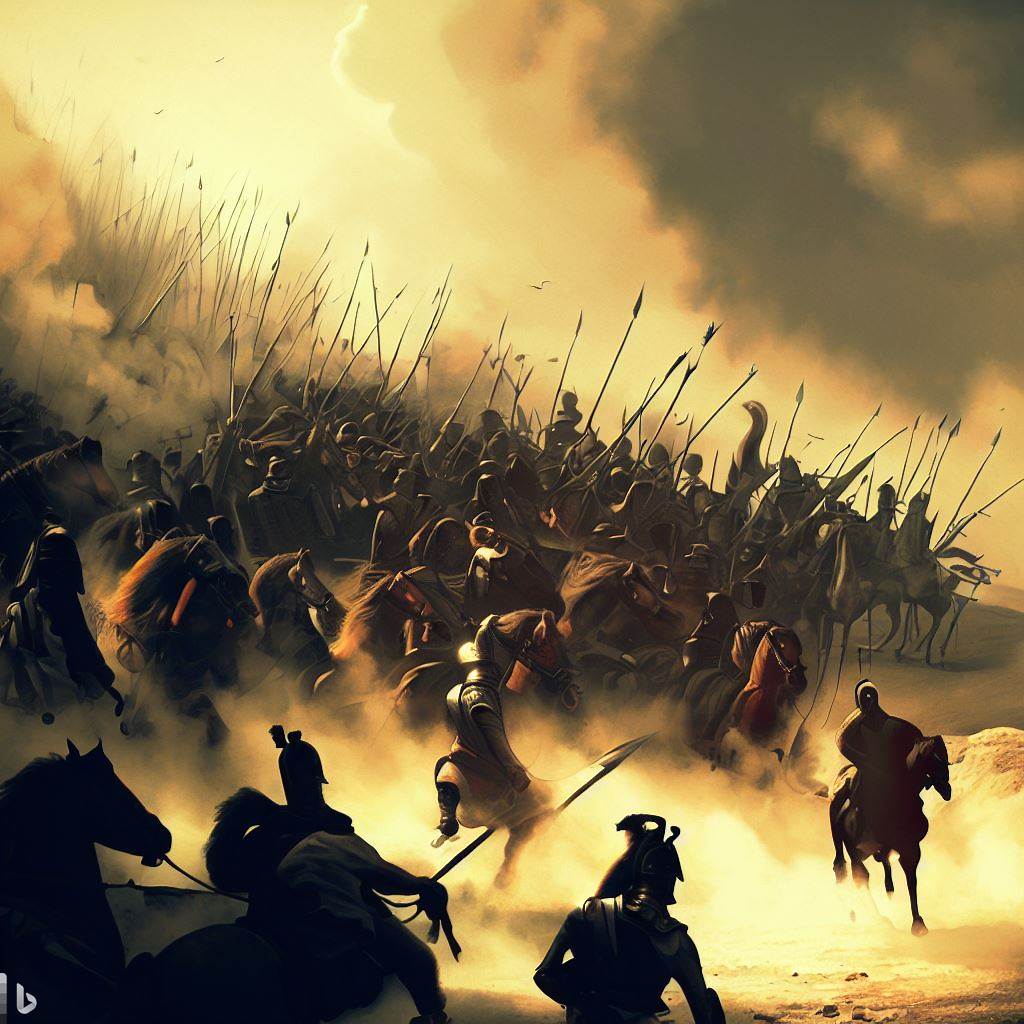
The endurance and discipline displayed by the Spartan defenders at Thermopylae provide valuable insights into the strategic importance of leadership training and preparation in achieving success in military conflicts.
The Spartans under the leadership of King Leonidas demonstrated great discipline and unwavering commitment to their mission despite being vastly outnumbered by the invading Persian army. This level of discipline was a result of their rigorous training which emphasized physical fitness mental toughness and strategic thinking.
The Spartan stand at Thermopylae also highlights the importance of preparation in achieving success in military conflicts. The defenders had a clear understanding of the terrain and used it to their advantage blocking the narrow pass with a wall and funneling the Persian army into a confined space negating the numerical advantage of their enemy. This level of strategic planning and preparation proved to be crucial in their ability to hold off the Persian army for three days.
The Spartan stand at Thermopylae remains an enduring symbol of courage discipline and strategic thinking providing valuable lessons for military leaders and strategists to this day.
Another related topics:
- The Roman Empire: Rise and Fall of an Ancient Superpower
- Alexander the Great: Conquests and Legacy
- The Battle of Marathon: Defining Moment of Ancient Greece
- The Persian Empire: Rise Expansion and Conquests
- Hannibal and the Punic Wars: Carthage vs. Rome
- The Siege of Troy: Mythology and Historical Significance
- Julius Caesar: Military Genius and Political Leader
- Ancient Chinese Dynasties: Military Strategies and Conflicts
- The Battle of Gaugamela: Alexander’s Triumph over the Persians